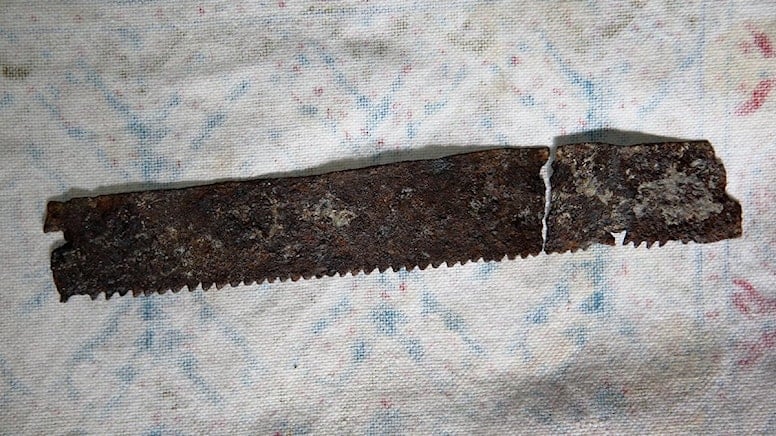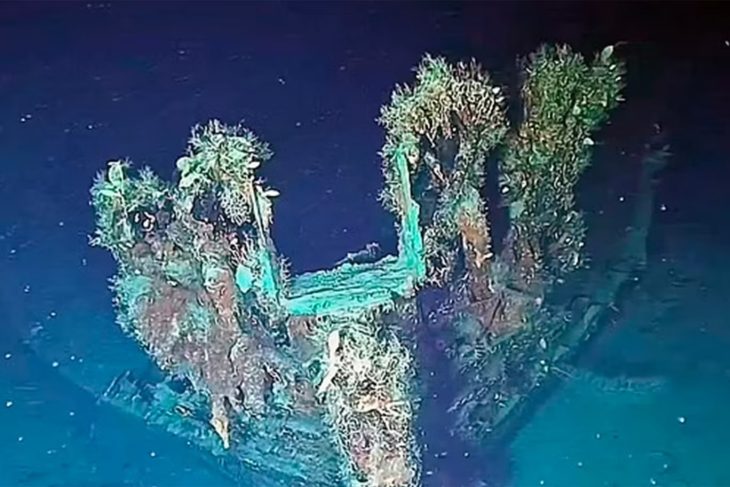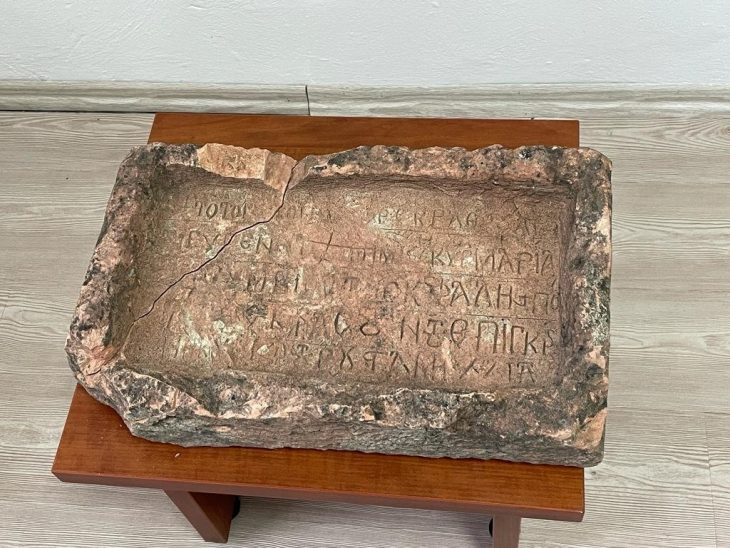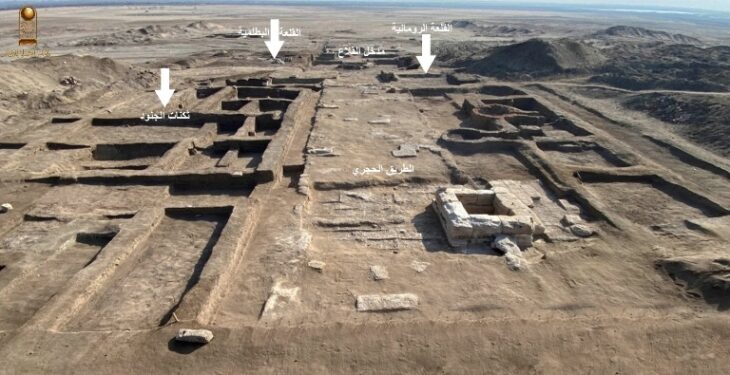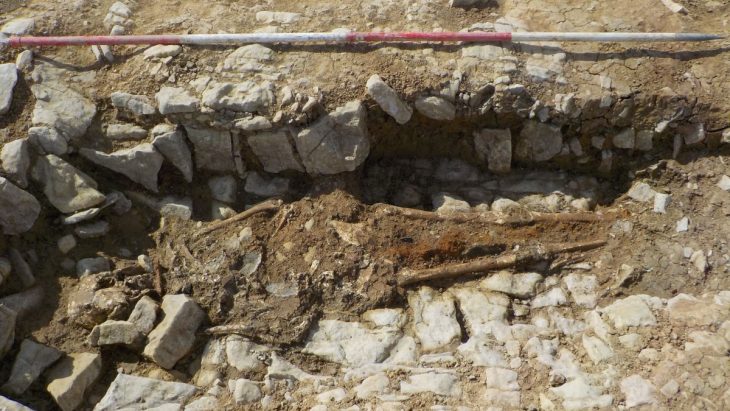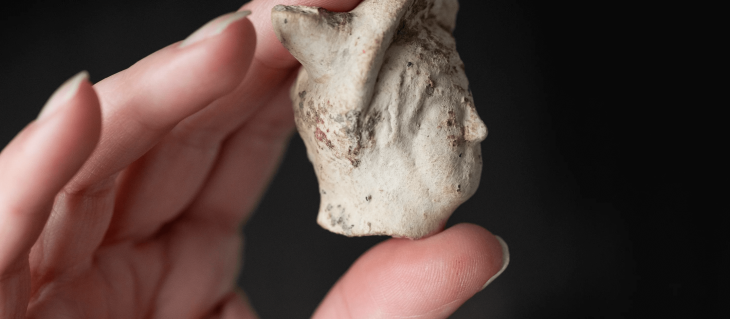Archaeologists conducting excavations in Çorum, the capital of the Ancient Hittite Empire in northern Turkey, discovered a 2,250-year-old saw.
Recent archaeological work in the ancient city led by Andreas Schachner from the German Archaeological Institute has added new findings to this rich collection.
Hattusha was designated a UNESCO World Heritage Site in 1986. It was the ancient capital city of the Hittite Empire, a major power in the Near East during the late Bronze Age (approximately 1600-1180 BCE).
Since 1906, excavations in Hattusha, in the Boğazkale district, have unearthed countless ancient artifacts, including a tablet with mystery language cues.
Hattusa functions as an outdoor museum and is notable for its urban planning, the kinds of buildings that have been preserved (temples, royal palaces, fortifications), the elaborate decoration of the Lions’ Gate and the Royal Gate, and the group of rock art at Yazilikaya.
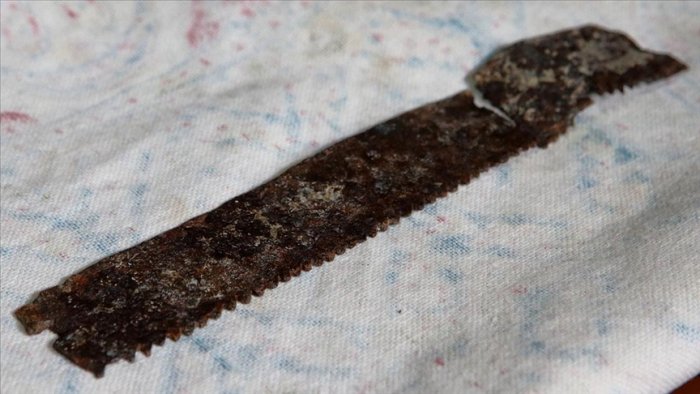
Professor Andreas Schachner, who leads the excavations, told Anadolu Agency (AA) that the iron of the saw was thicker than contemporary saws, but otherwise, it is very similar to the ones used today.
“This shows us that humans do not simply modify working tools,” he said.
The ancient tool is about 20 centimeters long and was unearthed on the northwestern slope of the large castle area of the ancient city.
Professor Schachner noted that the discovery is a rare one and marks the first of its kind in Anatolia in the 3rd century B.C.

“This saw was found in a building from the Galatian period in the excavation area. The use of this building corresponds to approximately 2,250 years ago. Normally, finding a saw from this period is a very interesting thing. We did some research. There are not many examples. We were able to identify a few examples from the later Roman periods. Still, a saw from the 3rd century BC has not yet been seen, at least in Anatolia,” Professor Dr. Andreas Schachner said.
“As far as we can tell from the holes on both sides of the saw, we think that it had a semicircular handle. Thus, the carpenter of the period may have used the saw by holding it from the wood and moving it.” Professor Dr. Schachner explained.
Hattusha also has also held UNESCO’s title of “Memory of the World” since 2001 with its cuneiform scripts representing the oldest known form of Indo-European languages.

